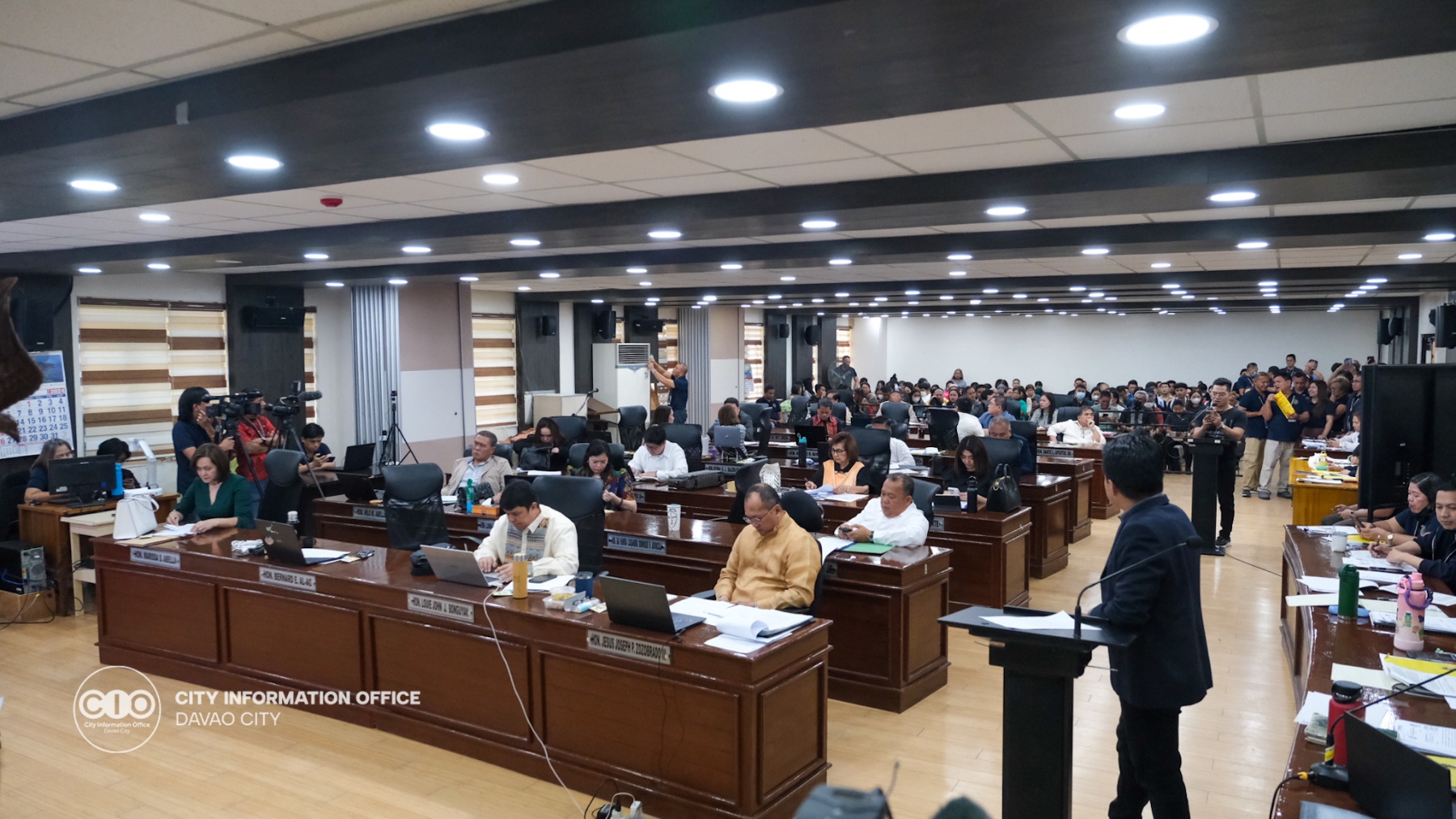The Davao City Council questioned the Davao Light and Power Company (DLPC) on the sudden increase in electricity rates in the city during the 24th Regular Session of the City Council.
Recently, the DLPC has announced a series of price increases with the highest being in May with Php 10.76 per kilowatt hour rate for residential customers.
DLPC President and Chief Operating Officer (COO), Roger Velasco, said during the session that the cause for the increase was the El Niño phenomenon that greatly affected the supply of hydropower, which is the cheapest source of electricity.
Velasco said that DLPC’s cheapest source of power is hydro-dominated, which was the NPC PSALM. The NPC PSALM sources its power from both the Lake Lanao and the Pulangi River. However, during the El Niño, Lake Lanao reached its critical level of 699.20 or around 5 centimeters short of shutting down, while the Pulangi River level also dropped. The decrease in the inflow of water led to the decrease of power supplied by the NPC PSALM to the DLPC by 80 percent.
“What happened during the El Niño is that cheapest was reduced by about 80 percent. It’s a 180-megawatt contract, (and) we are only being supplied with 36 megawatts. We source about 150 from WESM (Wholesale Electricity Spot Market) because there’s no available water to run the hydro plants,” Velasco explained after Councilor Pilar Braga’s question on the amount of power supply sourced from the NPC and WESM.
Meanwhile, for June, the DLPC released a statement that there will be a decrease of almost Php 3 in the residential rate following the order of the Energy Regulatory Commission to stagger the cost of the generation charge from the May billing of the WESM, divided equally from June to September.
The staggering of the cost would lead to an increase in the generation charge for the June to September billing.
Councilor Al Ryan Alejandre asked the DLPC whether or not it is also using the Binugao Coal-Fired Power Plant as one of its power sources.
Velasco said that following the Electric Power Industry Reform Act, they are only allowed to contract up to 50 percent of power sources from their sister company. The majority of their sources are hydro plants, and only 20 percent are sourced from coal plants.
The DLPC continues to urge the public to practice power conservation and use electricity wisely. CIO





